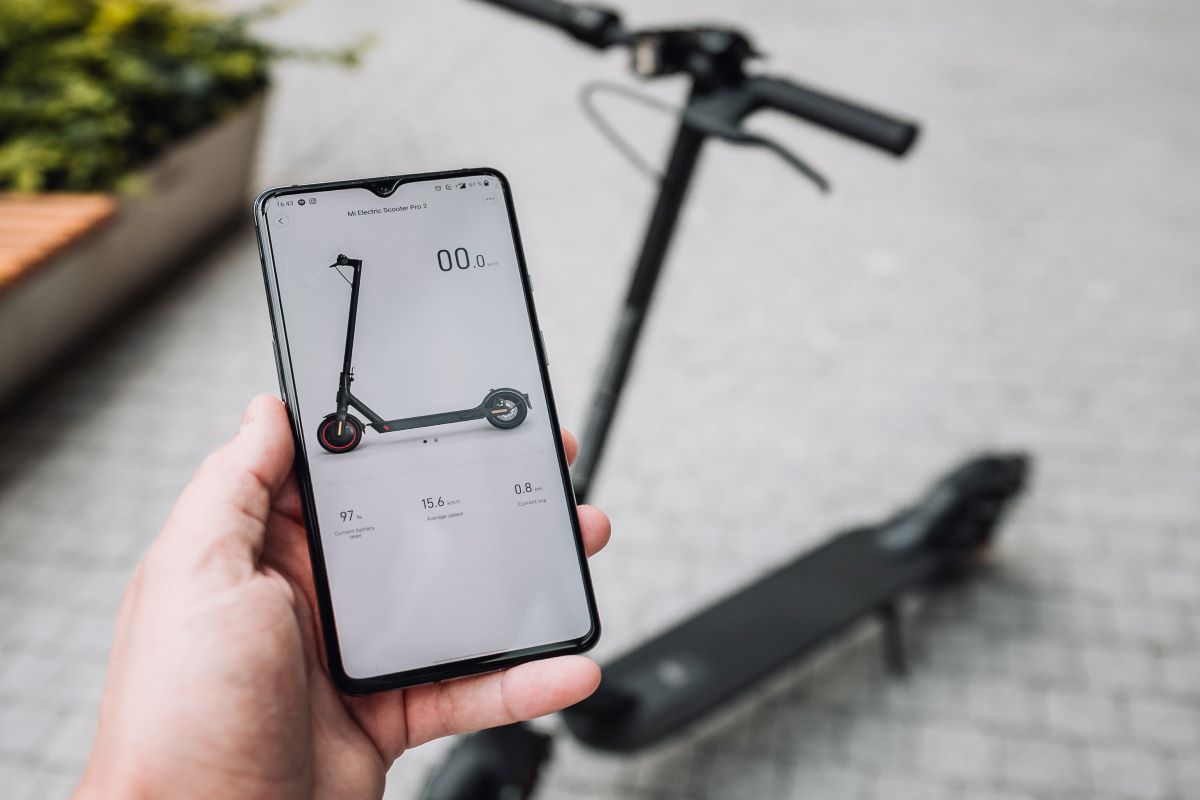Strategic Marketing and Communication
Xiaomi’s Success And Its Smart Home IoT Enterprise
Xiaomi first entered the competitive smartphone market in 2010 and marketed itself as the “high-quality technology at a reasonable price”. With that strategy, it quickly gained a large group of value-seeking customers. Selling across 90 countries, it continues to be the No. 1 smartphone brand in India for the past 4 years, with its annual revenue reaching US$37 billion. In less than a decade, it has leapfrogged to become one of the world’s largest consumer IoT (Internet of Things) companies, selling more than 200 million IoT products. What is the story behind Xiaomi’s success and its intention to create a broader product portfolio? Let’s reveal today!
The World No. 2 Smartphone Vendor
It is almost irresistible to check out Xiaomi’s shockingly low price smartphones. The feature to price ratio beats down most of the tech vendors. Predictably, it overtakes Apple as the world No. 2 smartphone enterprise and Samsung as the No. 1 in European phone shipments in 2021. A key factor associated with its success in the international market is the online community engagement. Developers and engineers closely followed up on user feedback once the product was launched to solve potential bugs and issues. This cultivates a passionate fan base who can contribute useful suggestions in the Android community. By promoting this, Xiaomi can achieve rapid iteration with highly demanded functions.
Expansion Into In-Home Lifestyle Brand
“Xiaomi was never meant to be just a smartphone vendor,” Xiaomi CEO, Lei Jun, said at the 2016 Summer Davos event. The world’s largest lifestyle IoT company is Xiaomi’s true ambition. By leveraging its smartphone as a “semi-remote control”, it connects to all the in-home smart devices gearing with wireless connection and artificial intelligence. During recent years, a broader IoT product has made up more than 25 percent of its total revenue owing to its high-profit margins. As the company has grown in influence and revenue, it went public on the Hong Kong exchange market in 2018.
Up until now, Xiamo has developed more than 40 different IoT products by partnering up with over 50 different smart hardware manufacturers. Building on its strict IoT protocol, partners can easily integrate into Xiaomi’s ecosystem. Non-smartphone products, including Smart TV, airfryer, and dishwashers, can seamlessly connect to Xiaomi’s Mi Home Apps.
The Minimalistic Aesthetics And Cross-Sell
Although the brand’s minimalist aesthetics reminds people of the Japanese lifestyle brand, Muji, it encourages customers to stay within Xiaomi’s in-home system by using a no-fuss design. Frequent IoT product launches with flash sales draw in customers visiting Xiaomi stores regularly. Xiaomi’s smart home devices have become an attraction for potential smartphone buyers which can promote cross-sell to its entire products portfolio. Simply put, customers are likely to search for other Xiaomi products and make additional purchases.
Xiaomi’s global footprint is endorsed by many tech-savvy consumers. The strategy of being consistent with brand design, quality, innovation and feature to price ratio enabled Xiaomi to diversify into various sectors and pave its way to become a global IoT powerhouse.
Comments are closed.






